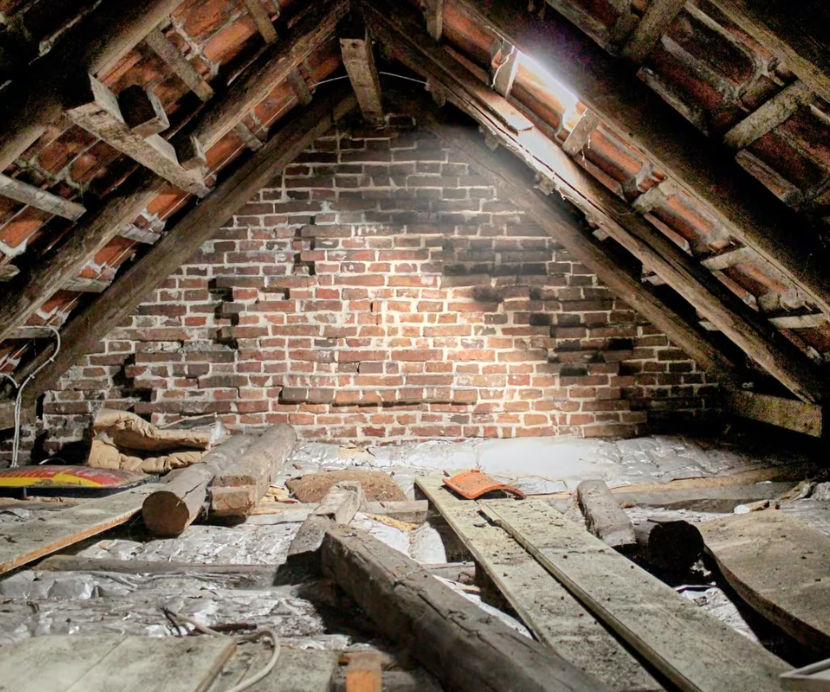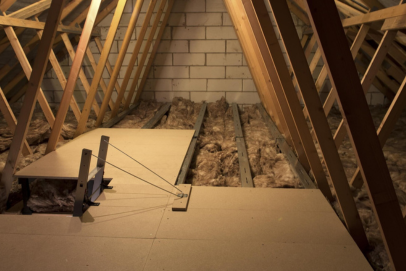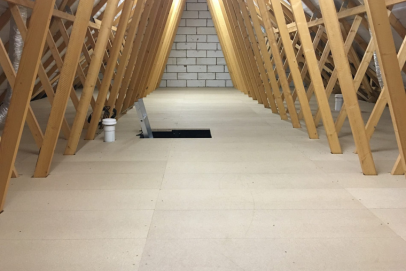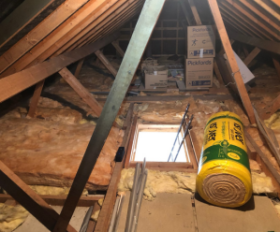
Air source heat pumps (ASHPs) are a revolutionary technology that provide both heating and cooling for residential and commercial properties. By extracting heat from the air, they offer an energy-efficient and environmentally friendly alternative to traditional heating systems.
What Are Air Source Heat Pumps?
Air source heat pumps are devices that transfer heat from the outside air into a building for heating and hot water purposes. They can also work in reverse to provide cooling during warmer months. ASHPs operate efficiently even in low temperatures, making them suitable for the UK’s climate.
Benefits of Air Source Heat Pumps
Energy Efficiency
Cost Savings
Environmentally Friendly
Versatility
Low Maintenance


Main Services
How Do Air Source Heat Pumps Work?
Heat Absorption
Even at low temperatures, the air contains energy that can be converted into heat.
Compression
Heat Transfer
Cooling Function (Optional)
Factors to Consider Before Installation
Property Suitability
Outdoor Space
Energy Tariff
Heating System Compatibility
The Installation Process
Initial Assessment
Preparing the Site
Any necessary modifications to the heating system are made.
Installation and Configuration
Programmable settings are configured to suit your needs.
Testing and Handover
FAQ
Modern ASHPs are designed to operate quietly. The external unit’s noise level is comparable to a standard refrigerator.
Yes, they are effective even in temperatures as low as -15°C, making them suitable for the UK’s climate.
With proper maintenance, they can last 15-20 years or more.
In most cases, no planning permission is required, but it’s best to check with your local authority.
Yes, pairing an ASHP with solar panels can further reduce energy costs and enhance sustainability.


